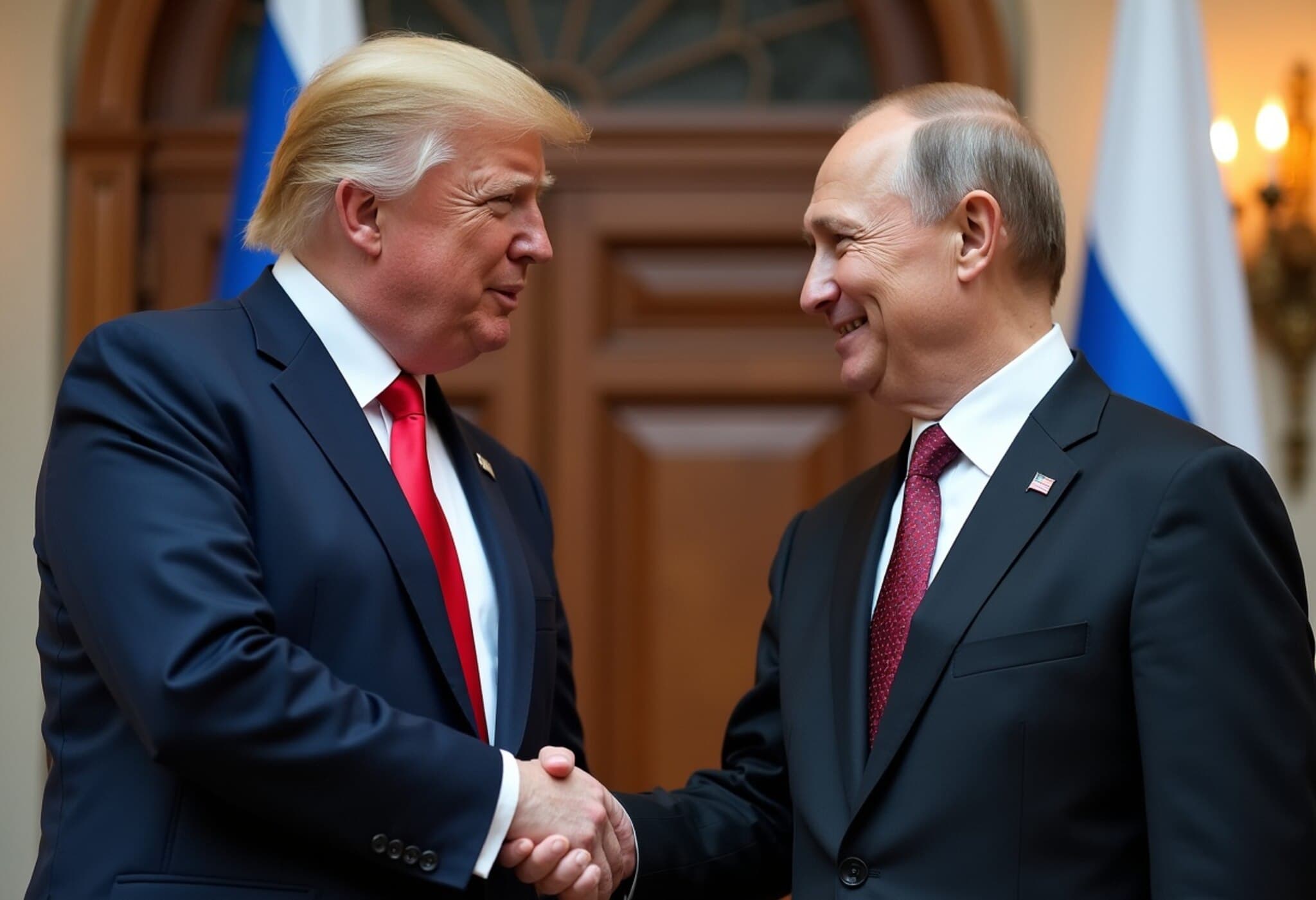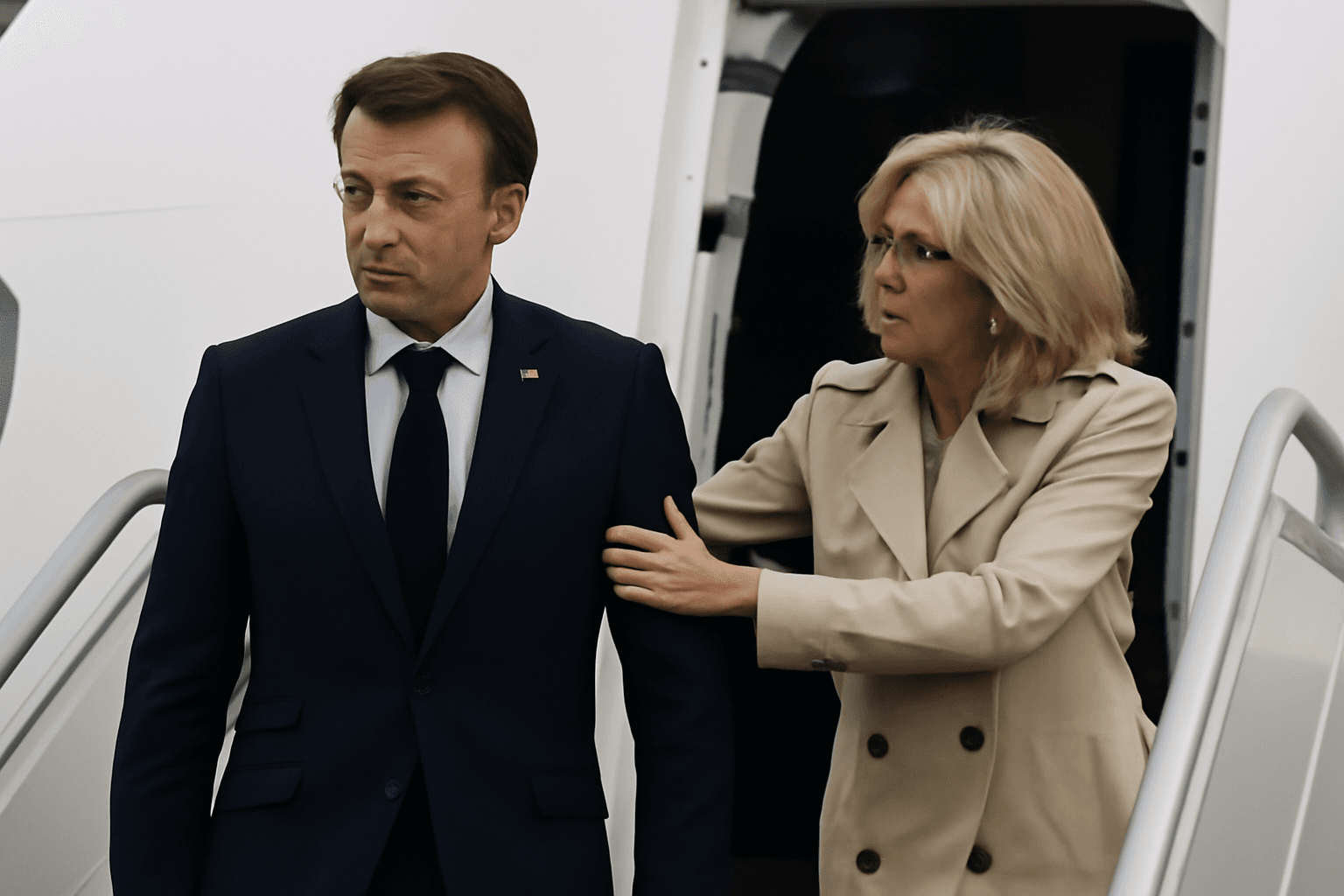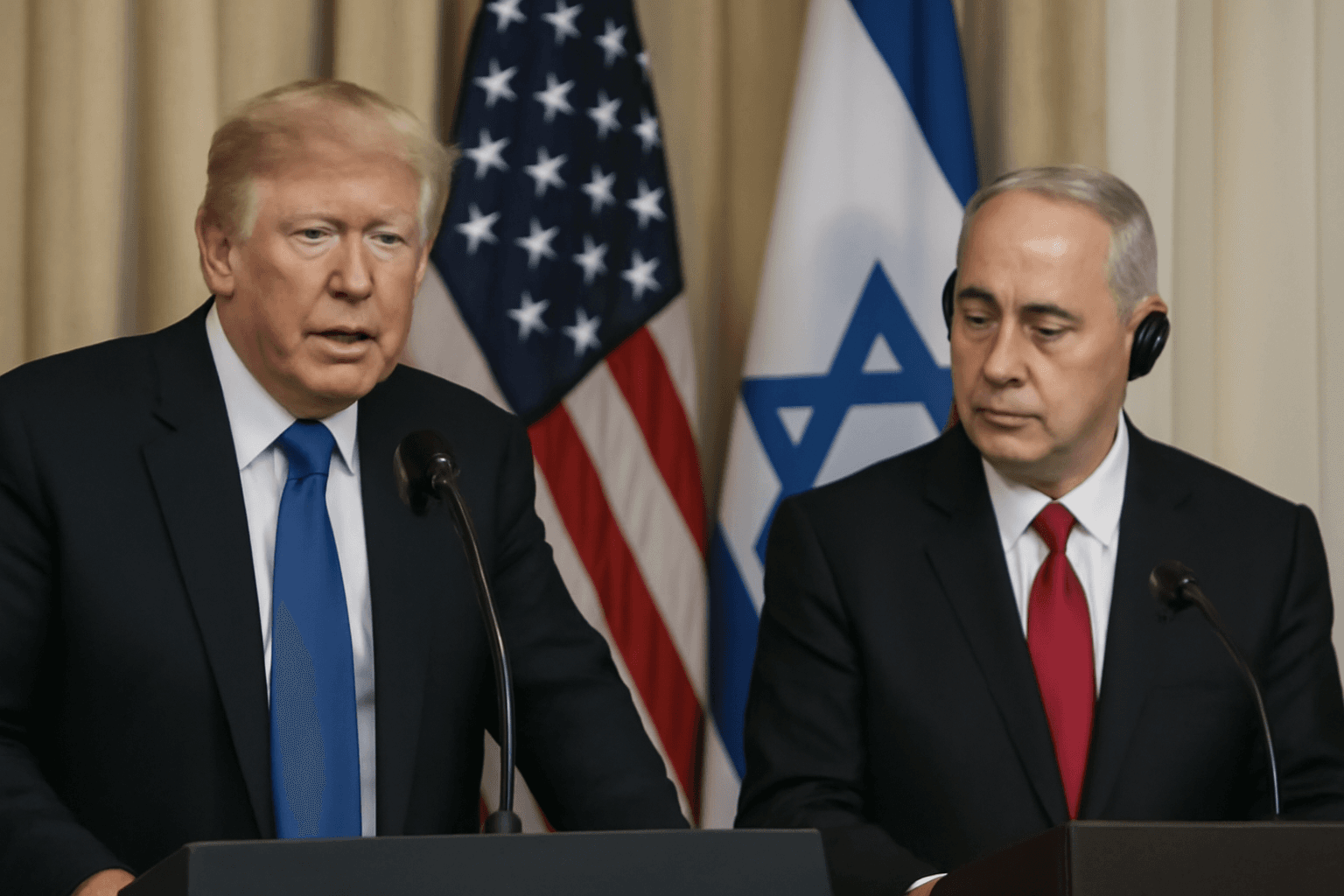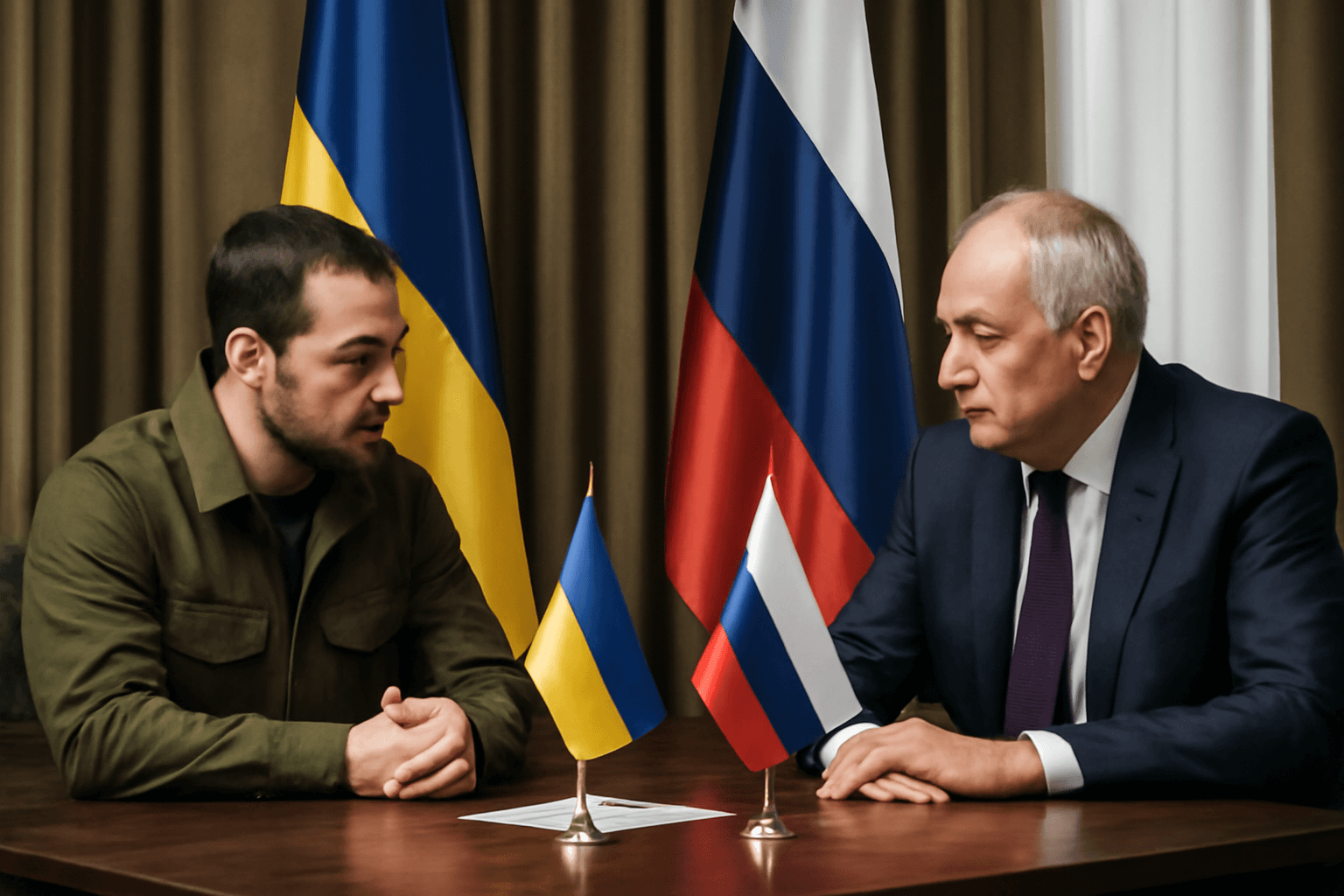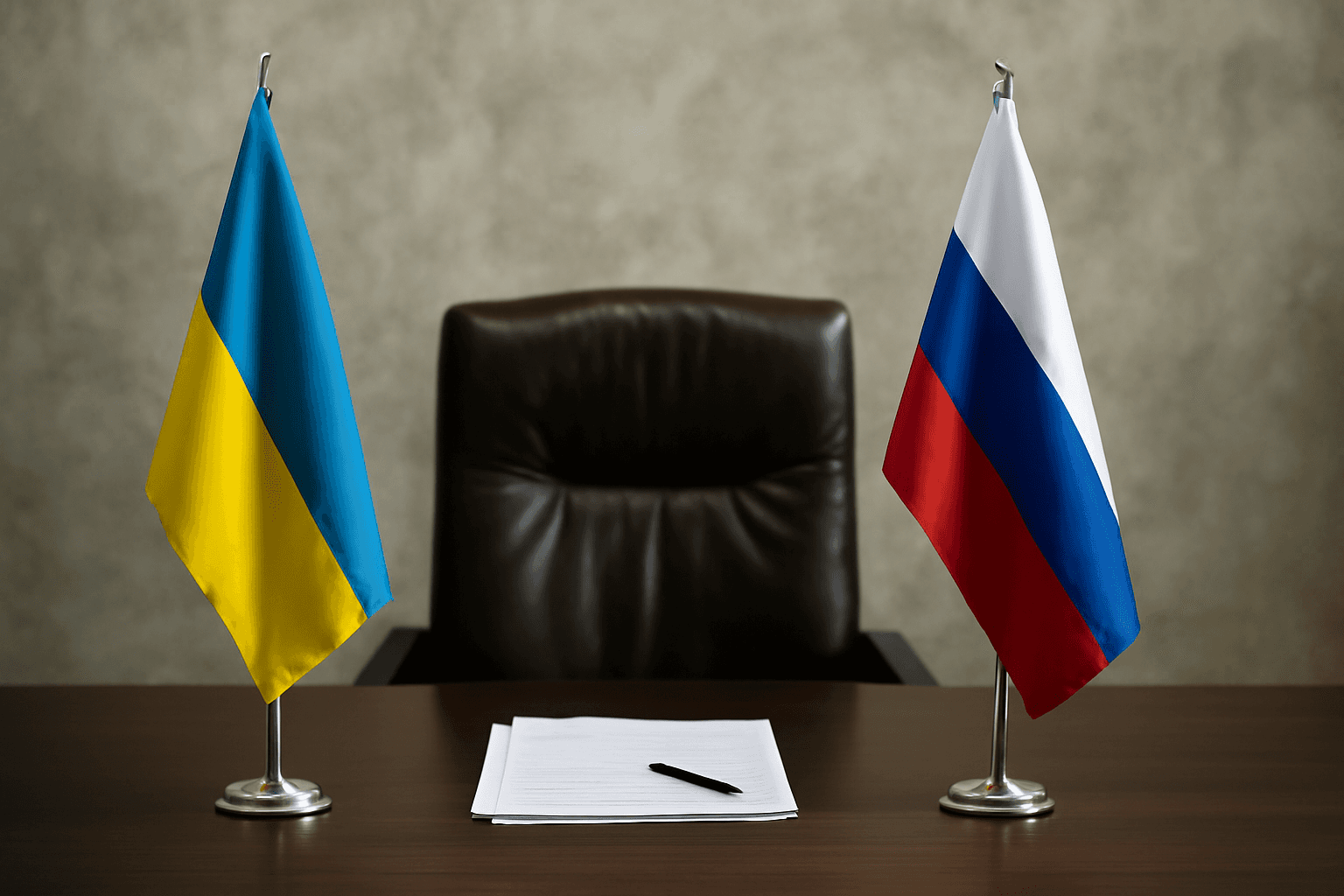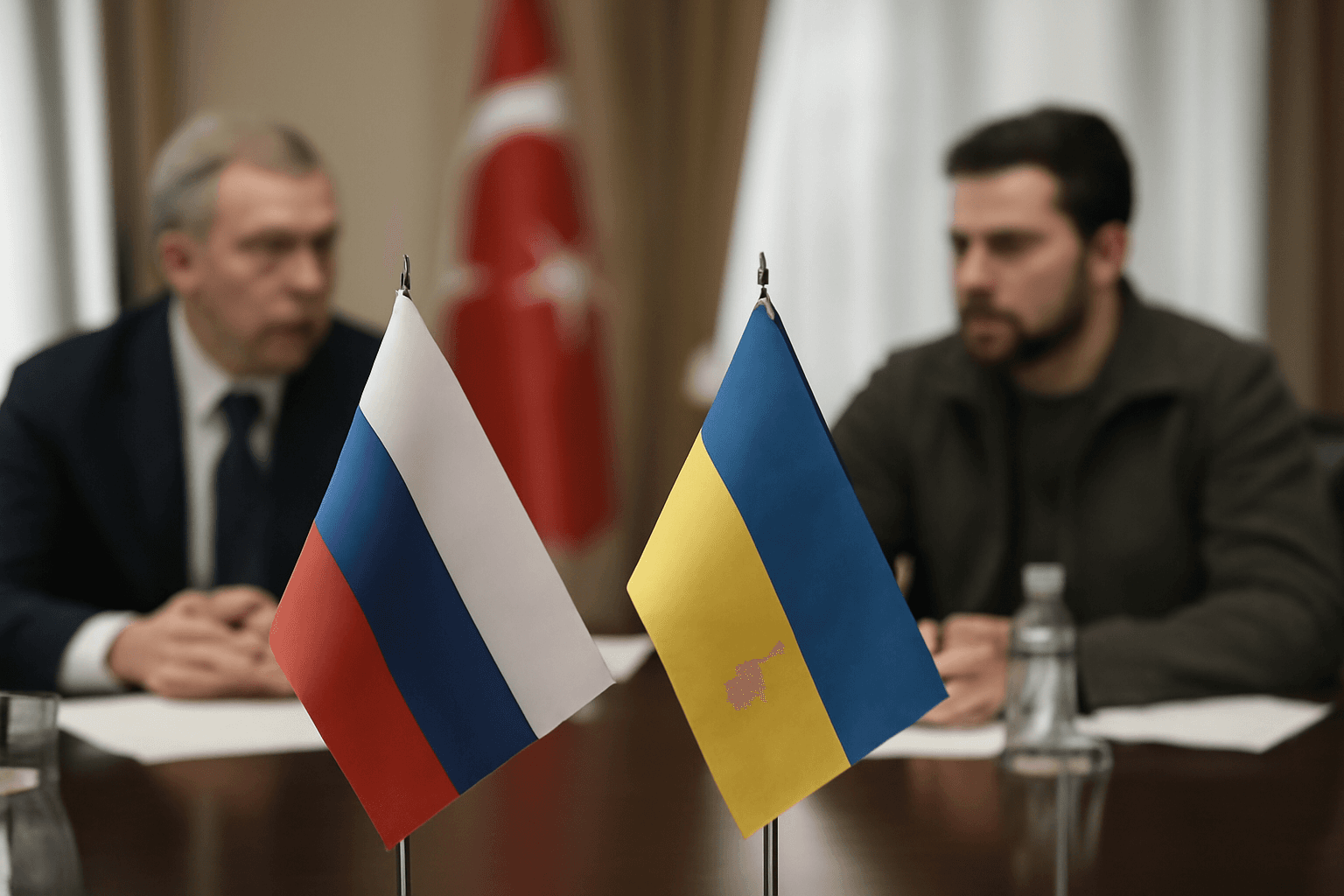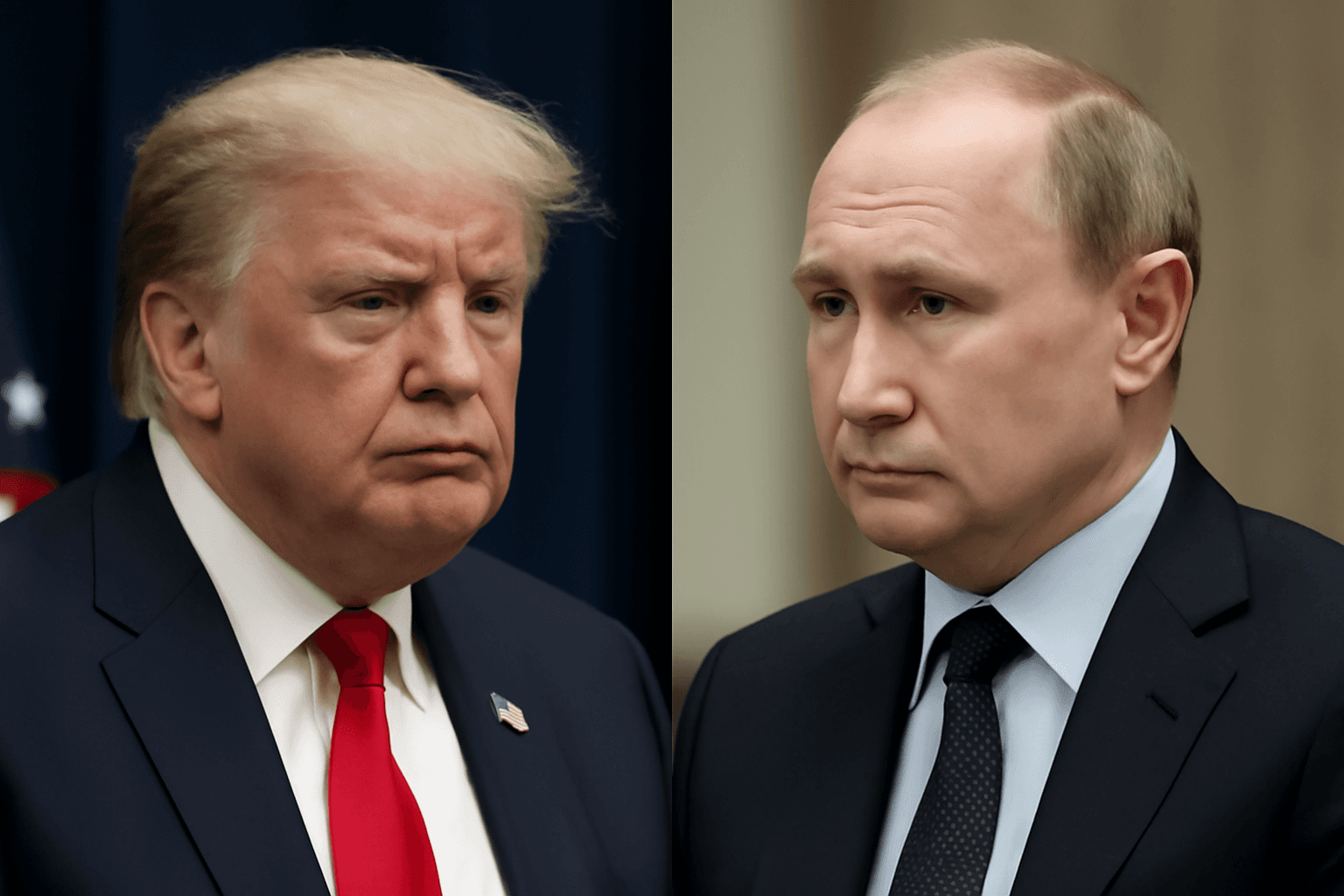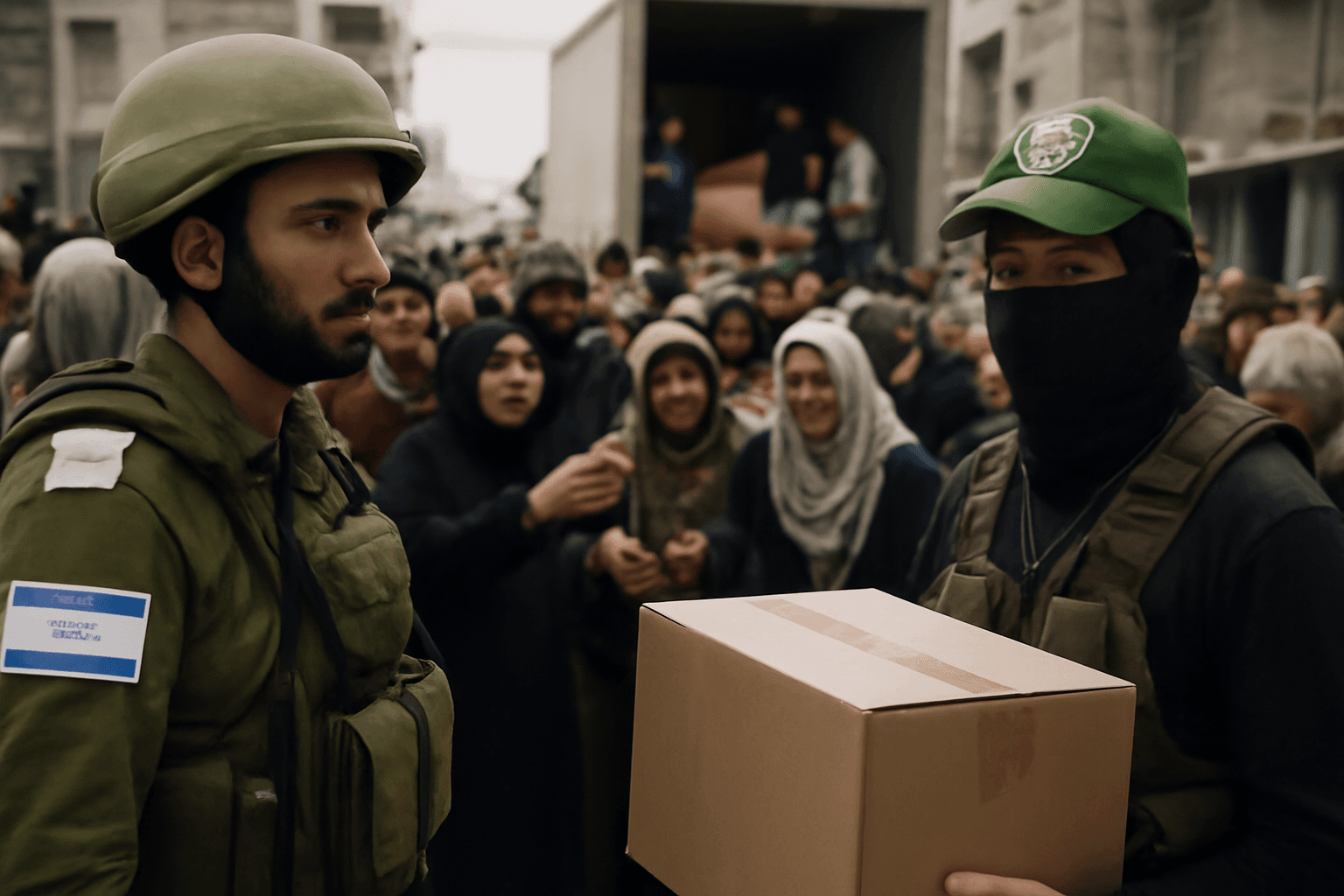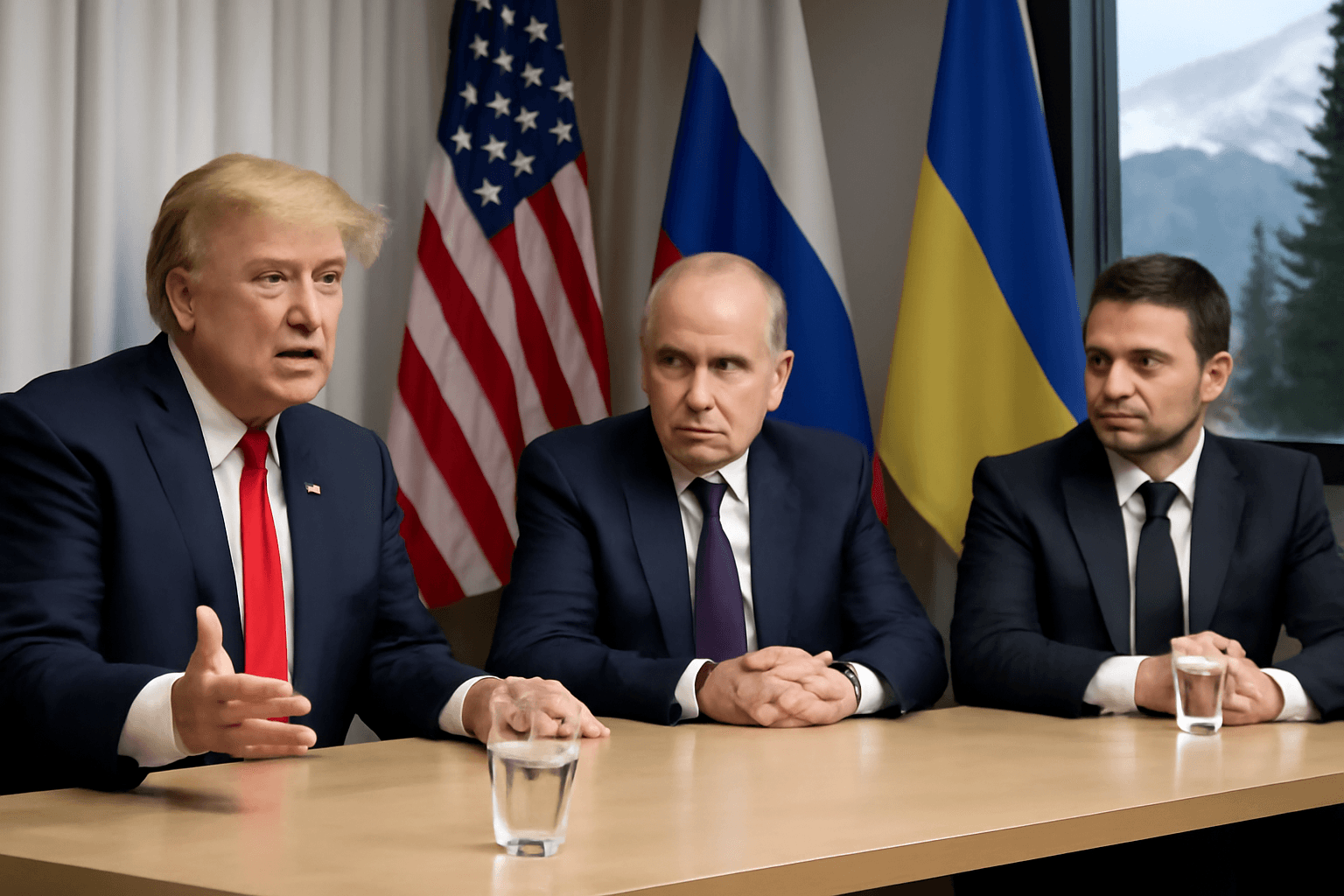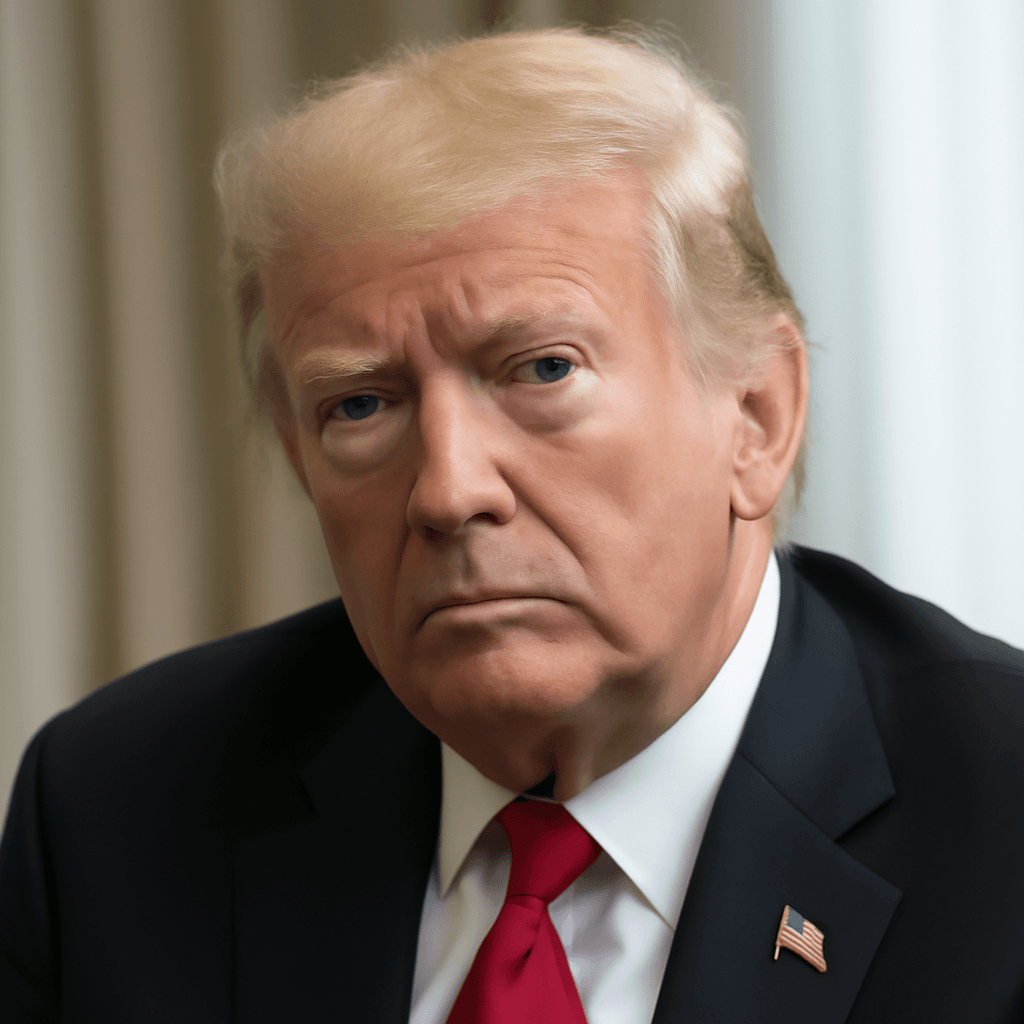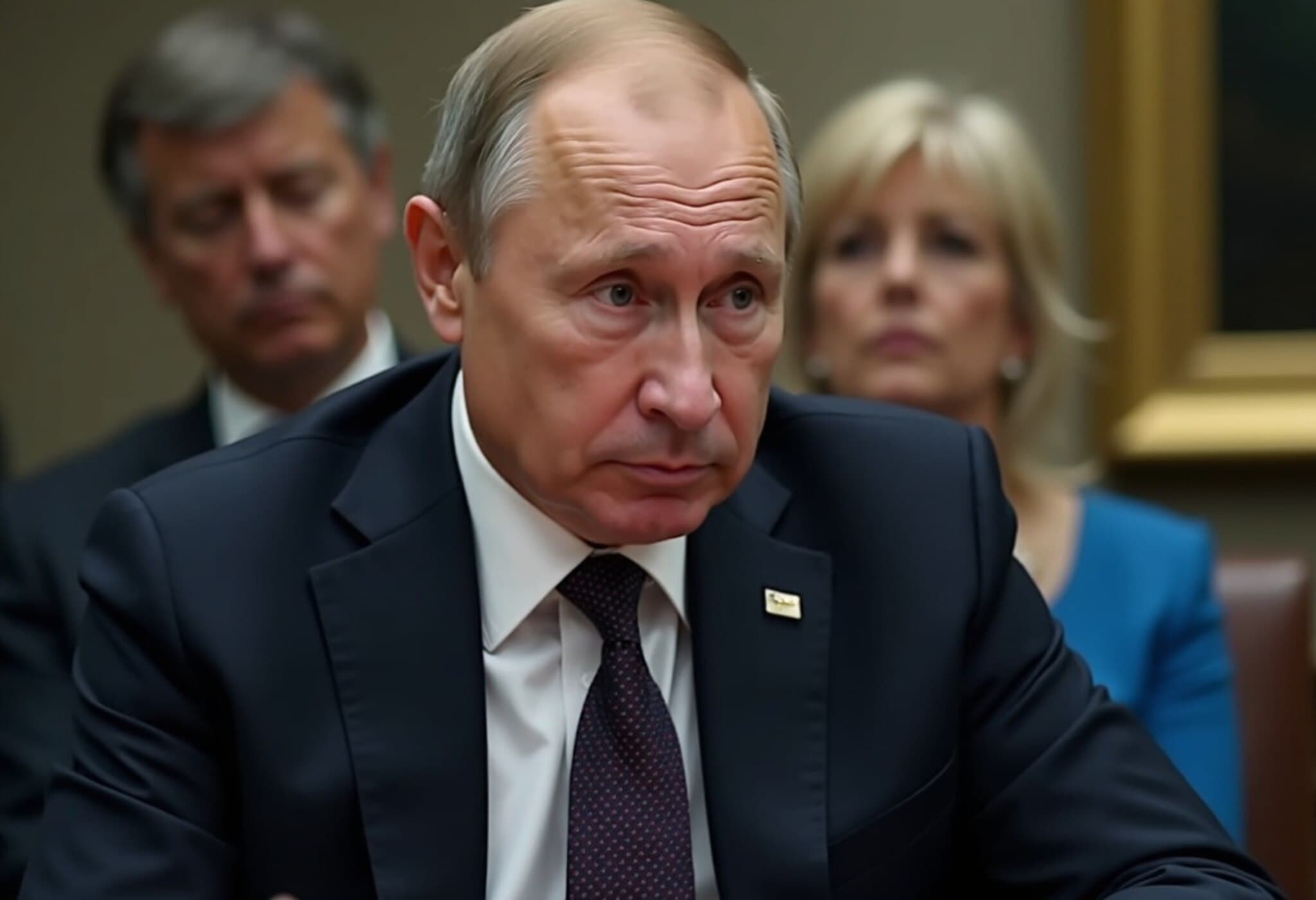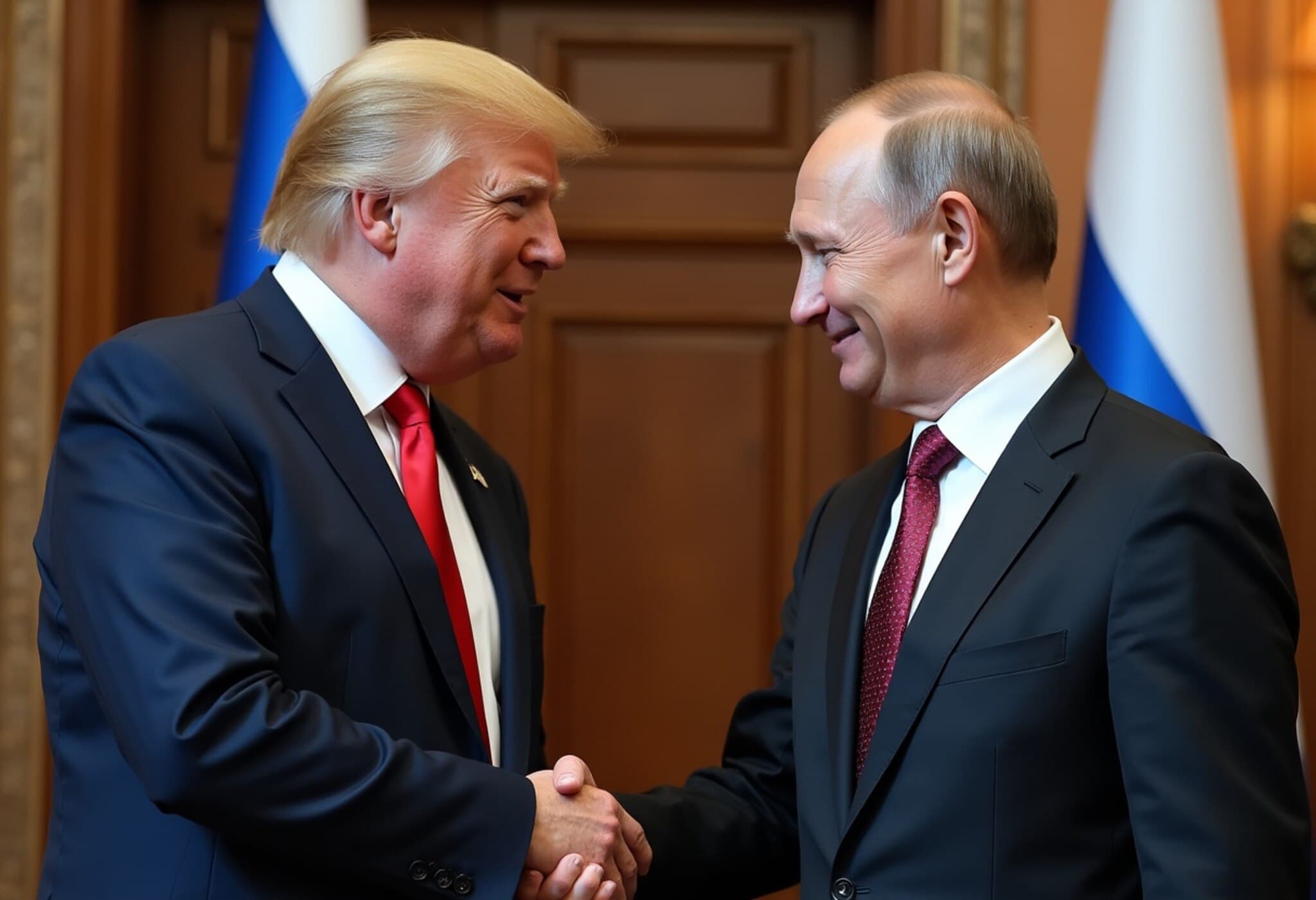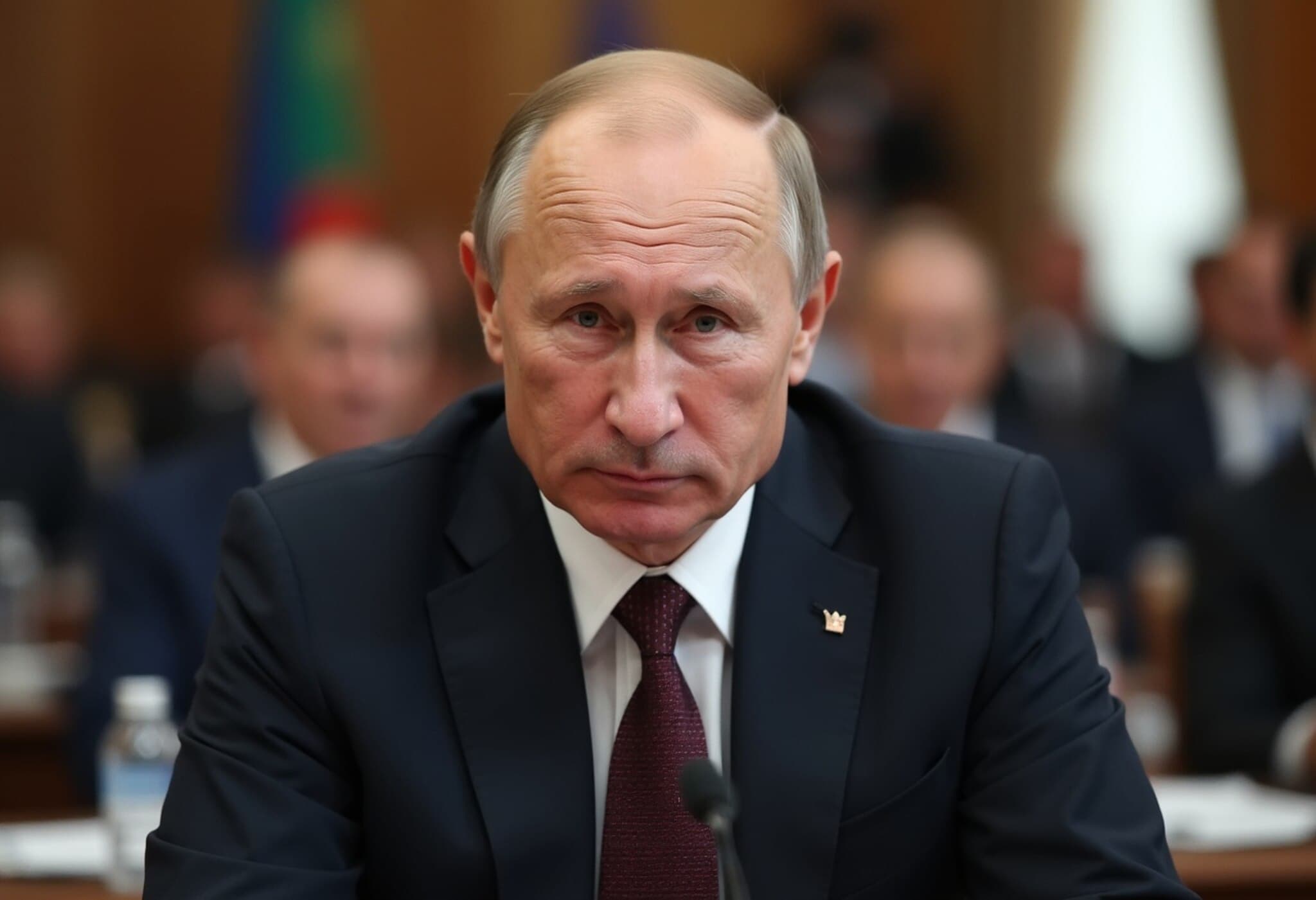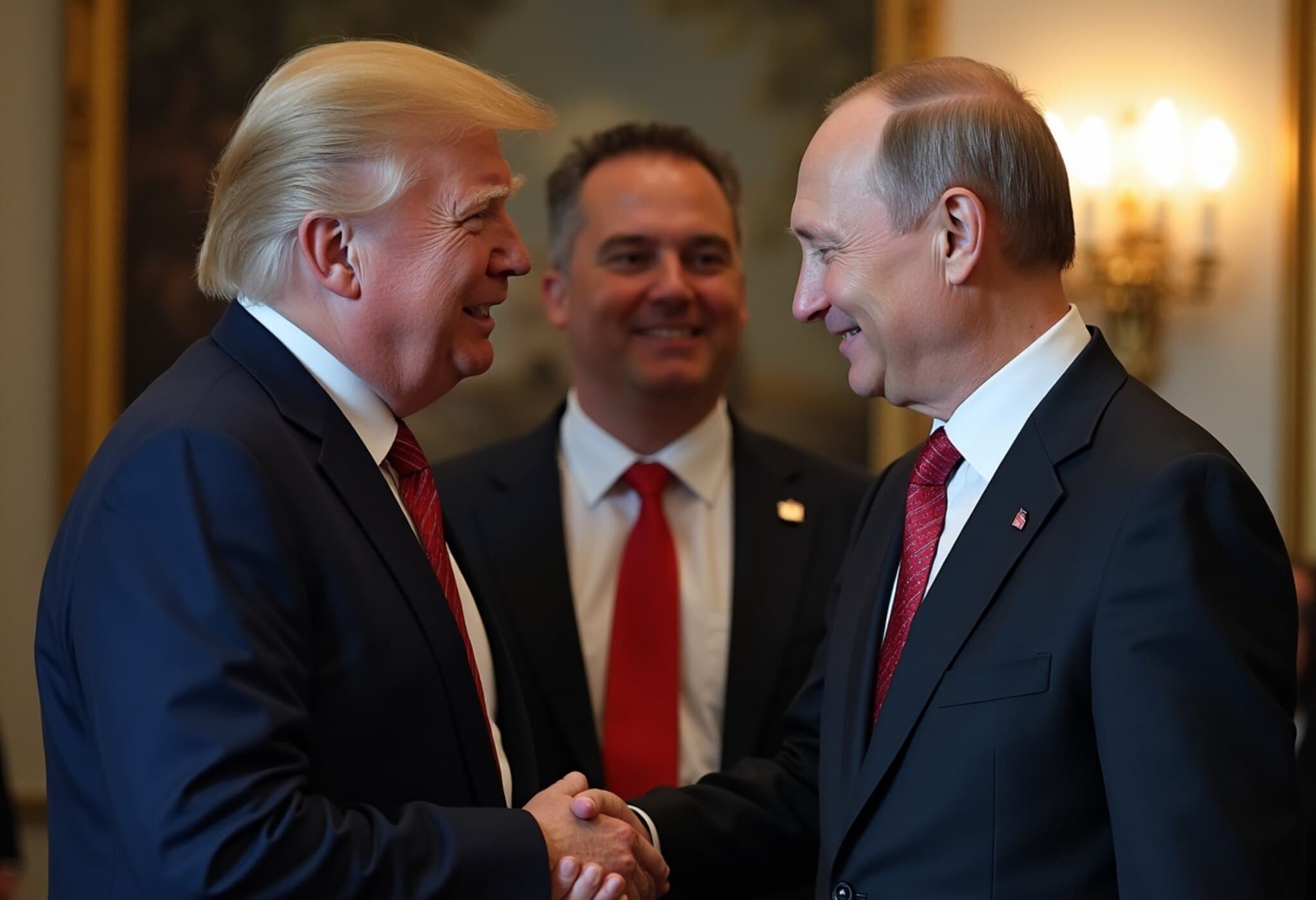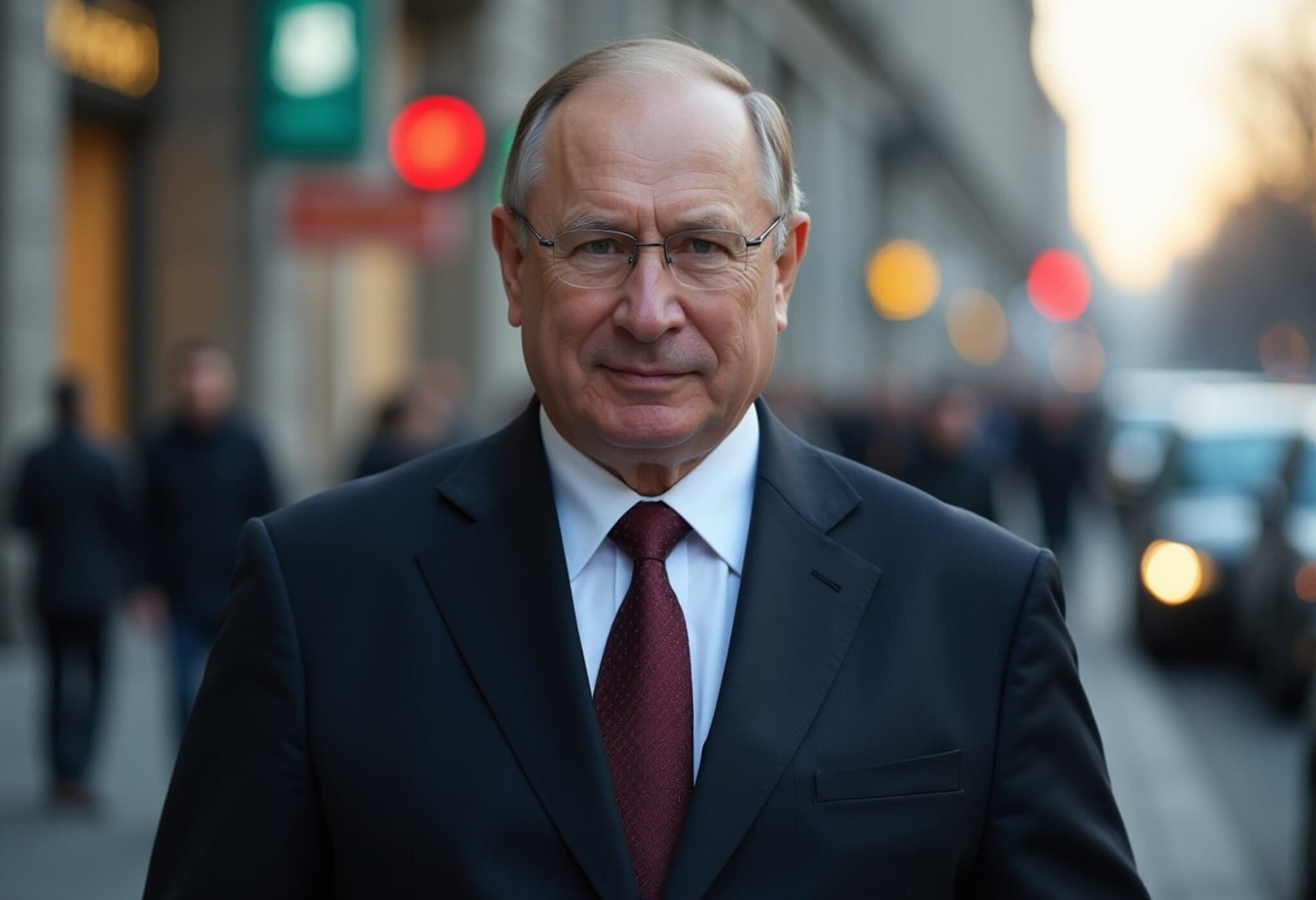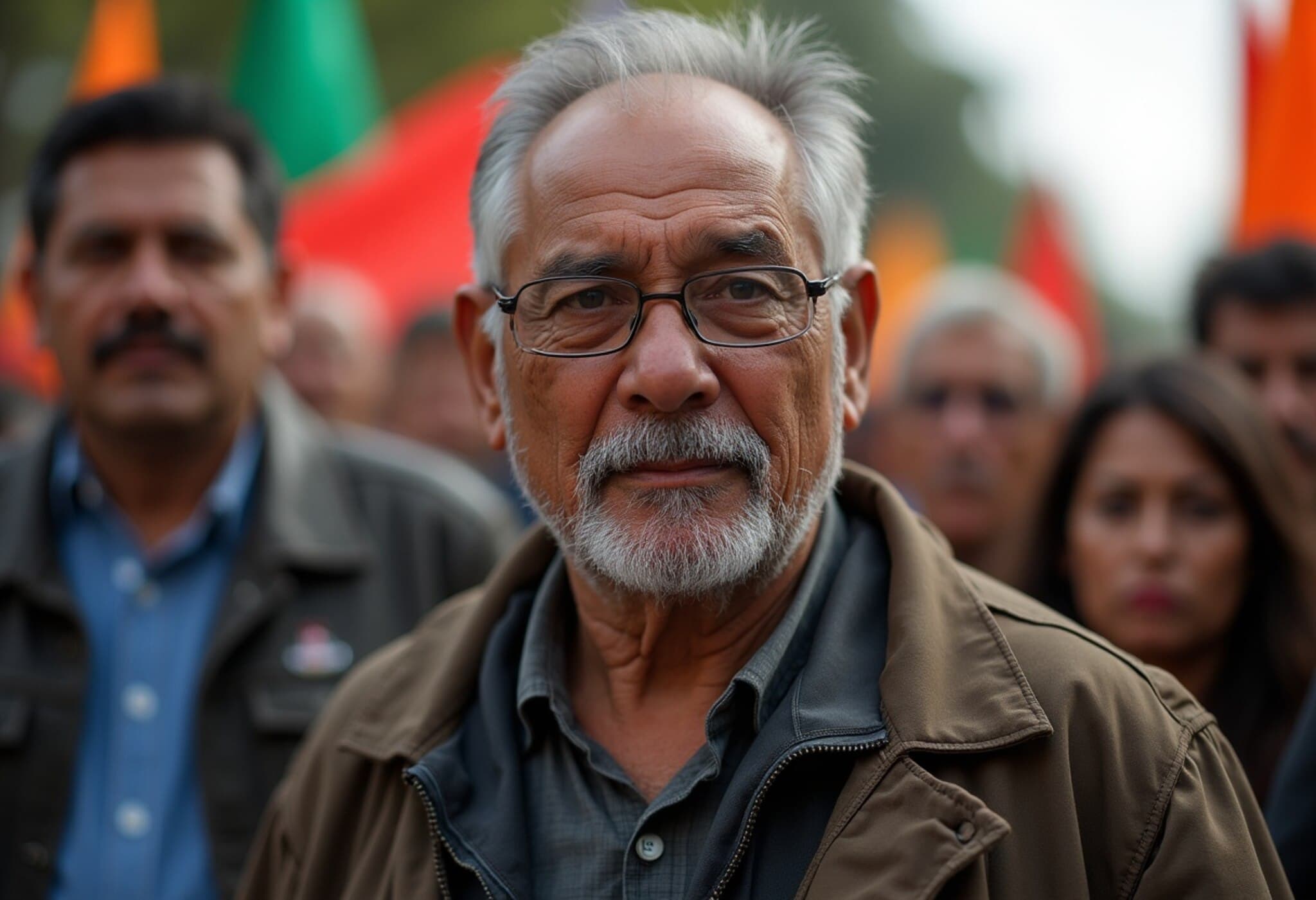Trump and Putin's Alaska Summit Sparks Hope and Controversy Over Ukraine Conflict
In a highly anticipated meeting held at Joint Base Elmendorf-Richardson in Anchorage, Alaska, former U.S. President Donald Trump and Russian President Vladimir Putin convened to discuss a potential peace framework intended to bring an end to the grueling conflict in Ukraine. While Trump emerged from the summit optimistic, asserting that the two leaders are “close to a deal,” the contours of such an agreement reveal a deeply complex and contentious proposition that raises fundamental questions about sovereignty, territorial integrity, and international norms.
Key Proposals: Land Swaps, Crimea Recognition, and NATO Exclusion
According to sources familiar with Moscow’s position, the peace offer presented involved Russia agreeing to relinquish some of the relatively small Ukrainian territories it currently occupies in the northern Sumy and northeastern Kharkiv regions. In return, Ukraine would be expected to cede large portions of its eastern Donetsk and Luhansk regions, territories that have been fiercely contested since the war escalated in February 2022.
- Territorial Exchanges: Russia would pull back from smaller western occupied pockets while Ukraine withdraws from broader eastern parts.
- Recognition of Crimea: Crucially, Putin reportedly insists on formal international recognition of Russia’s annexation of Crimea—a move strongly opposed by Kyiv and Western governments.
- NATO Membership Block: The deal would require Ukraine to renounce any ambition to join NATO, undermining Kyiv’s strategic objectives and constitutional direction.
- Security Guarantees: While there might be some form of security assurances proposed for Ukraine, these fall short of NATO’s collective defense guarantees and remain vague in practice.
Ukrainian and Western Stance: Firm Rejection of Land-for-Peace
Ukrainian President Volodymyr Zelenskyy and his allies have been unequivocal in rejecting any territorial concessions as a basis for peace. For Kyiv, the eastern Donbas region serves as a vital defensive buffer against further Russian incursions, making any retreat a strategic and political red line. Western countries, including the United States and European Union members, back Ukraine's sovereignty and have condemned Russia's full-scale aggression while repeatedly emphasizing that territorial integrity is non-negotiable.
The summit notably took place as Zelenskyy prepared for diplomatic talks in Washington, underscoring the international community’s ongoing efforts to facilitate a resolution that respects Ukraine’s sovereignty while addressing European security concerns.
Challenges and Uncertainties Surrounding the Proposed Agreement
Several aspects of the potential deal remain ambiguous and problematic:
- Ceasefire Conditions: Putin’s proposal reportedly rules out a ceasefire until a comprehensive deal is reached, prolonging ongoing violence, including daily Russian missile strikes.
- Sanction Relief: Russia expects the lifting of some sanctions, but it is unclear which ones and whether both the U.S. and Europe would comply, creating diplomatic hurdles.
- Language and Religious Rights: Moscow demands official status for the Russian language in parts of Ukraine and freedom for the Russian Orthodox Church, an institution accused by Ukrainian authorities of being a conduit for pro-Russian espionage.
Expert Perspective: Why This ‘Deal’ Faces Steep Roadblocks
The suggested land-for-peace formula hearkens back to controversial historical precedents where territorial concessions were seen as compromising national sovereignty — an outcome politically untenable for Ukraine’s government and society alike. Additionally, formalizing Russian claims over Crimea would undermine decades of international legal standards, effectively rewarding aggression and setting dangerous geopolitical precedents.
Security analysts stress that while security guarantees outside NATO might be on the table, they often lack the enforceability and collective defense mechanisms needed to deter future Russian aggression, leaving Ukraine in a precarious position.
From a U.S. policy perspective, any agreement that diminishes NATO’s credibility or forces compromise on key democratic principles risks weakening the broader Western alliance’s deterrence capability against authoritarian expansionism.
Looking Ahead
The discussions between Trump and Putin mark a rare high-level engagement since the war’s outset, but the path to peace remains marred by fundamental disagreements. As Zelenskyy engages with U.S. and European leaders, the international community faces a critical test in balancing diplomatic pragmatism with principled support for national sovereignty and democratic values.
Editor’s Note
This unfolding negotiation underscores the enduring complexity of the Ukraine conflict and the global stakes involved. Readers should watch closely how diplomatic channels evolve, recognizing that any peace settlement must reconcile competing demands without sacrificing justice or emboldening future aggression. The question remains: can a sustainable peace emerge that respects Ukraine's right to self-determination while addressing Russia's strategic concerns, or will entrenched positions prolong this devastating war?

